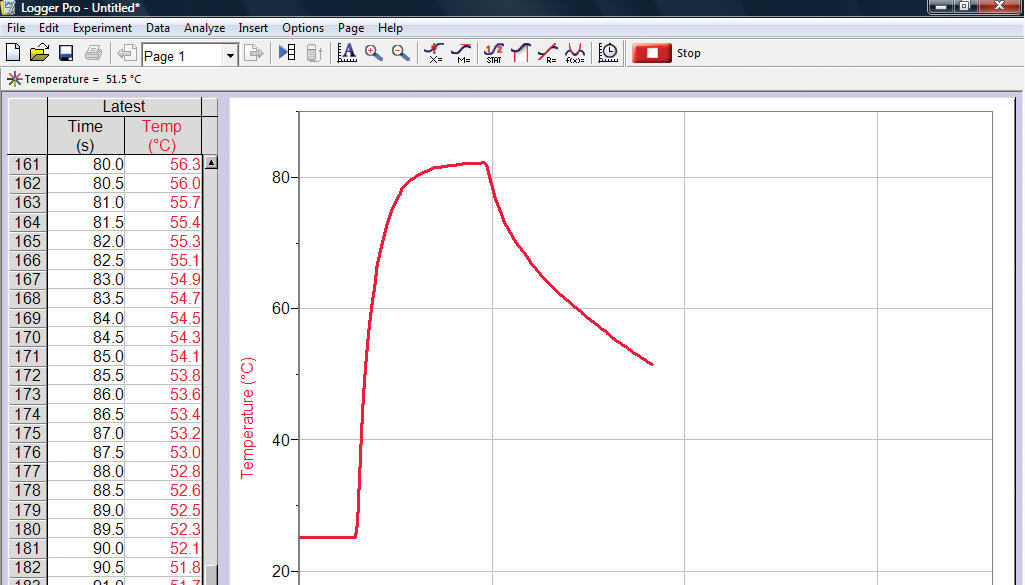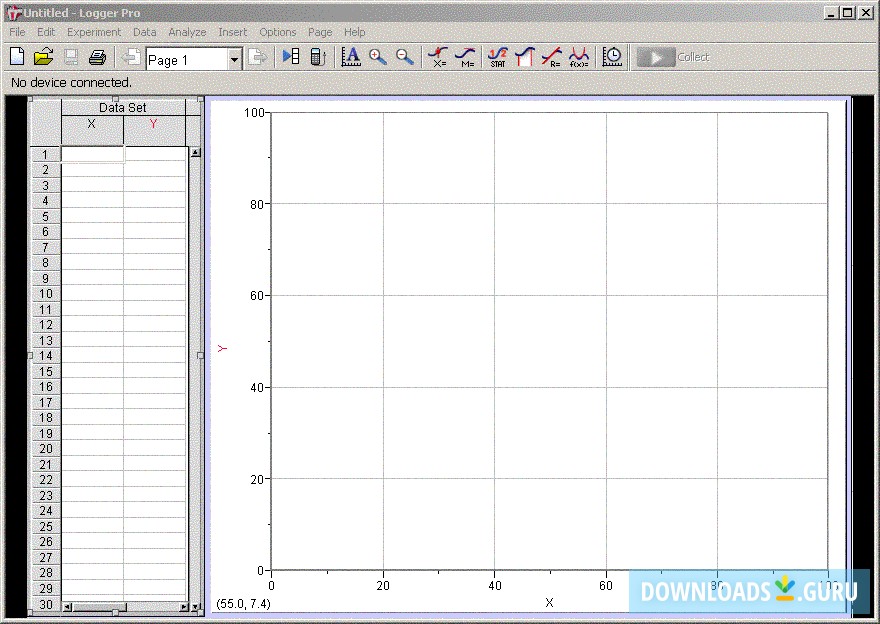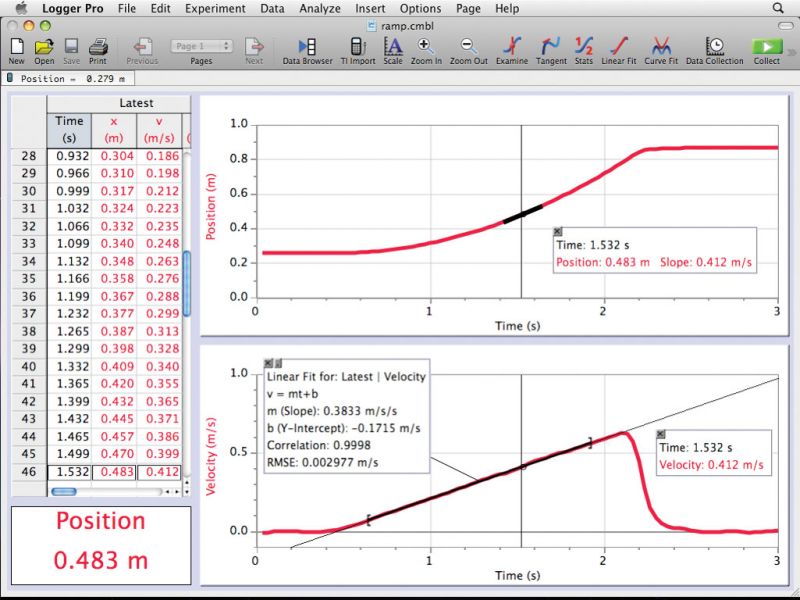
All of these predictions come from the study of data. We see different people predicting different things.Īll of us have seen the predictions on the share market about when it will rise and when it will crash, about which stock to invest in, and which share to sell.

Standard deviation logger pro tv#
As this happens we see news popping up in newspapers and on TV sets about it. (Also check: Types of Data in Statistics)įor instance, suppose the finance industry or our share market is going through a decline. Data science is used everywhere nowadays, it is used with all kinds of technologies and devices. This science, that teaches us to operate and study data and give meaningful pieces of information is called Data Science. In the world of technology, where data is mingled with statistics, programs (algorithms), codes, and machines and then is operated upon with various operations science is always being used behind it. Through the study of data, anyone can garner so many pieces of information related to it, signifying the role of data and the science behind its handling again and again. This is a prime example of data being used and then converted into a meaningful outcome. This is nothing more than a complex server to server play for the storing of data.īased on our browsing data, these social media applications show us advertisements that might interest us and also suggest we connect with people of the same skillset or interest. Let us take an example of a social media application where millions of users are registered, but when someone enters their login details, the app quickly recognizes who that person is and logs them in. There are big databases that provide users data and the outcomes based on it whenever demanded, isn’t it fascinating? It might sound a bit weird, but data and technology are complementary to each other. In technology, you can’t work forward if you don’t consider data. PMID 16392994.Technology and data work simultaneously, both incorporate deep science and deliver tremendous benefits. "Researchers misunderstand confidence intervals and standard error bars".


Standard deviation logger pro plus#
Error bars can also be expressed in a plus–minus sign (±), plus the upper limit of the error and minus the lower limit of the error.

It has also been shown that error bars can be used as a direct manipulation interface for controlling probabilistic algorithms for approximate computation. Scientific papers in the experimental sciences are expected to include error bars on all graphs, though the practice differs somewhat between sciences, and each journal will have its own house style. Error bars can also suggest goodness of fit of a given function, i.e., how well the function describes the data. This can determine whether differences are statistically significant. These quantities are not the same and so the measure selected should be stated explicitly in the graph or supporting text.Įrror bars can be used to compare visually two quantities if various other conditions hold. Error bars often represent one standard deviation of uncertainty, one standard error, or a particular confidence interval (e.g., a 95% interval). They give a general idea of how precise a measurement is, or conversely, how far from the reported value the true (error free) value might be. A bar chart with confidence intervals (shown as red lines)Įrror bars are graphical representations of the variability of data and used on graphs to indicate the error or uncertainty in a reported measurement.


 0 kommentar(er)
0 kommentar(er)
